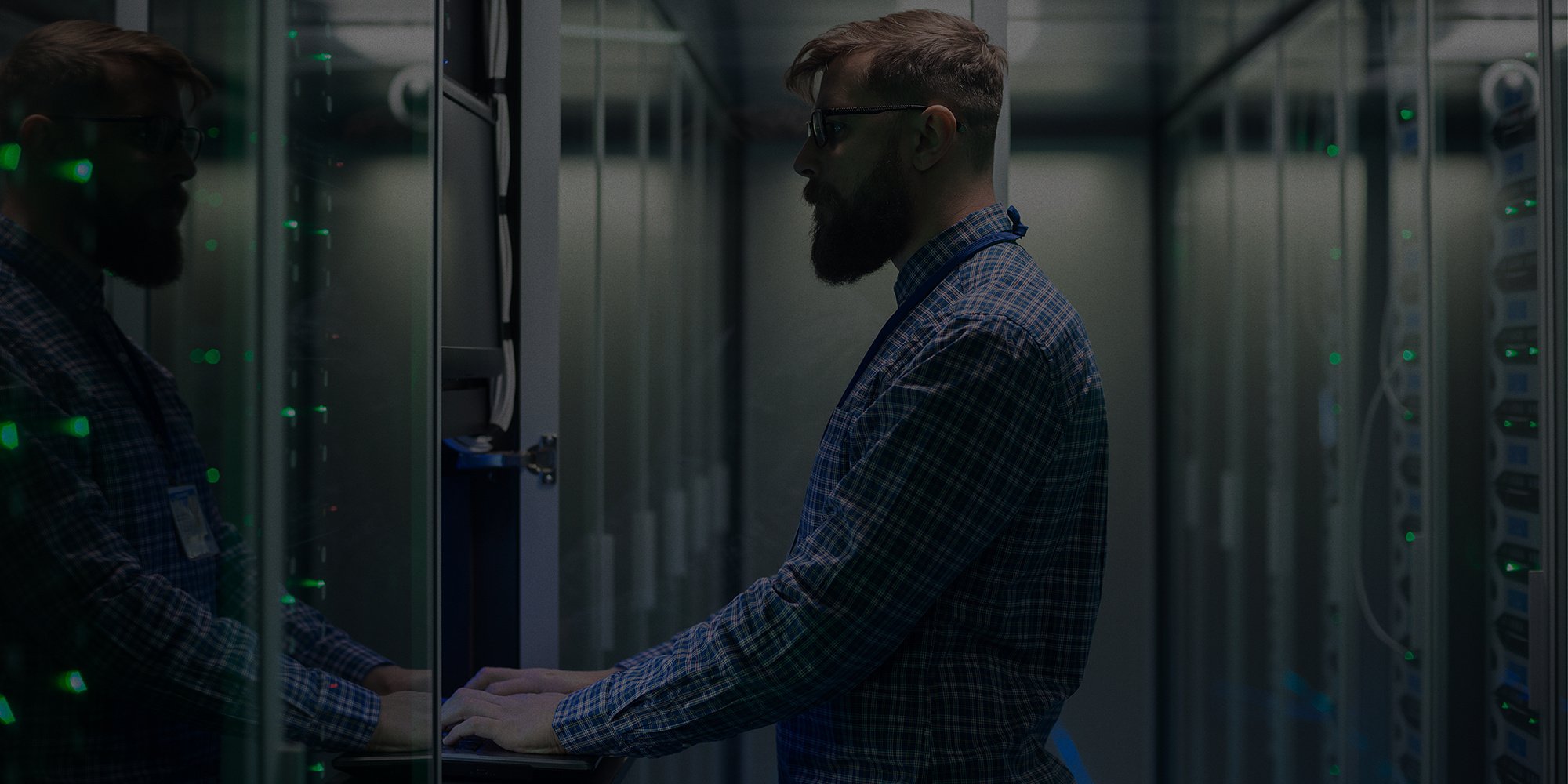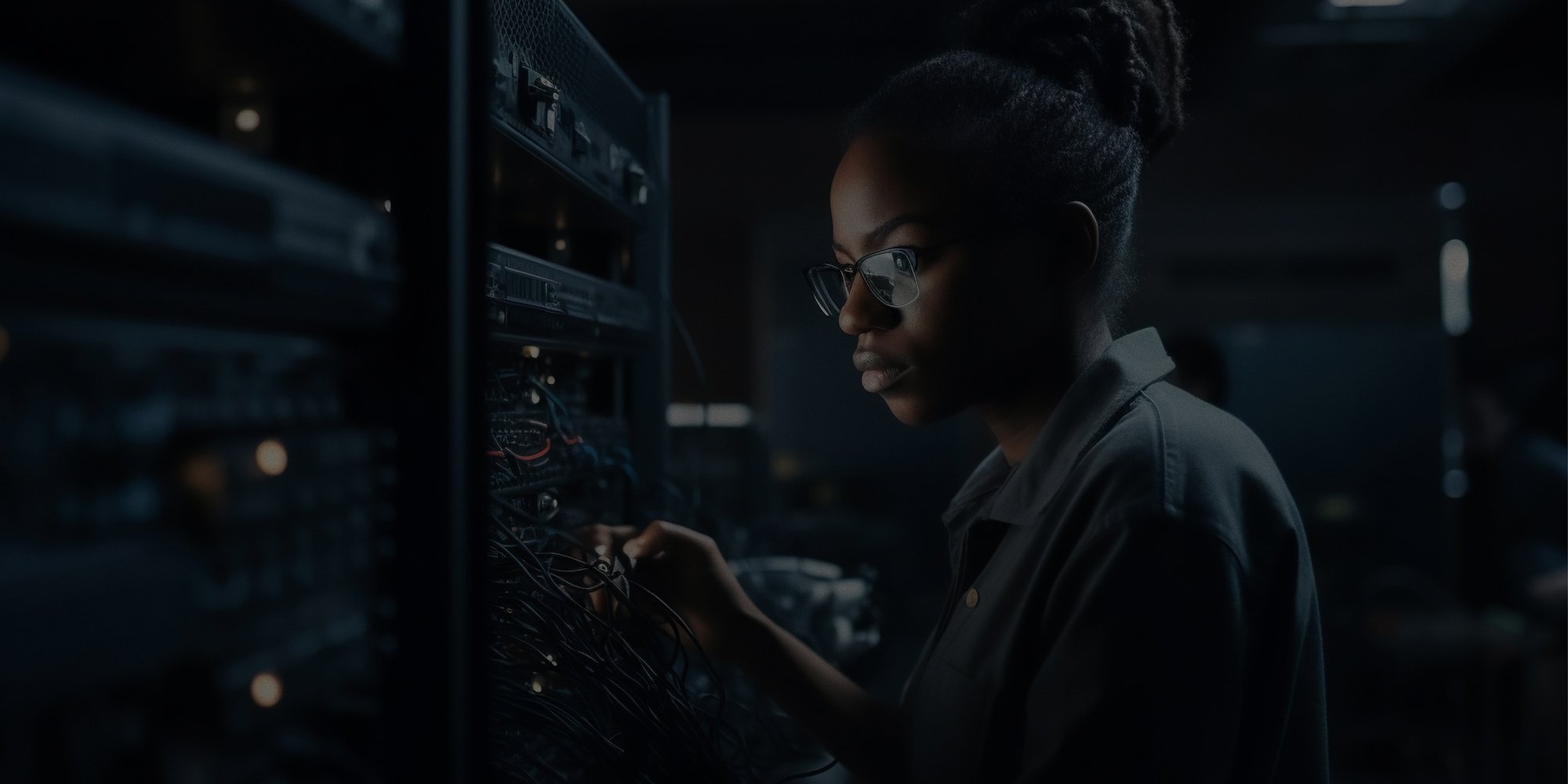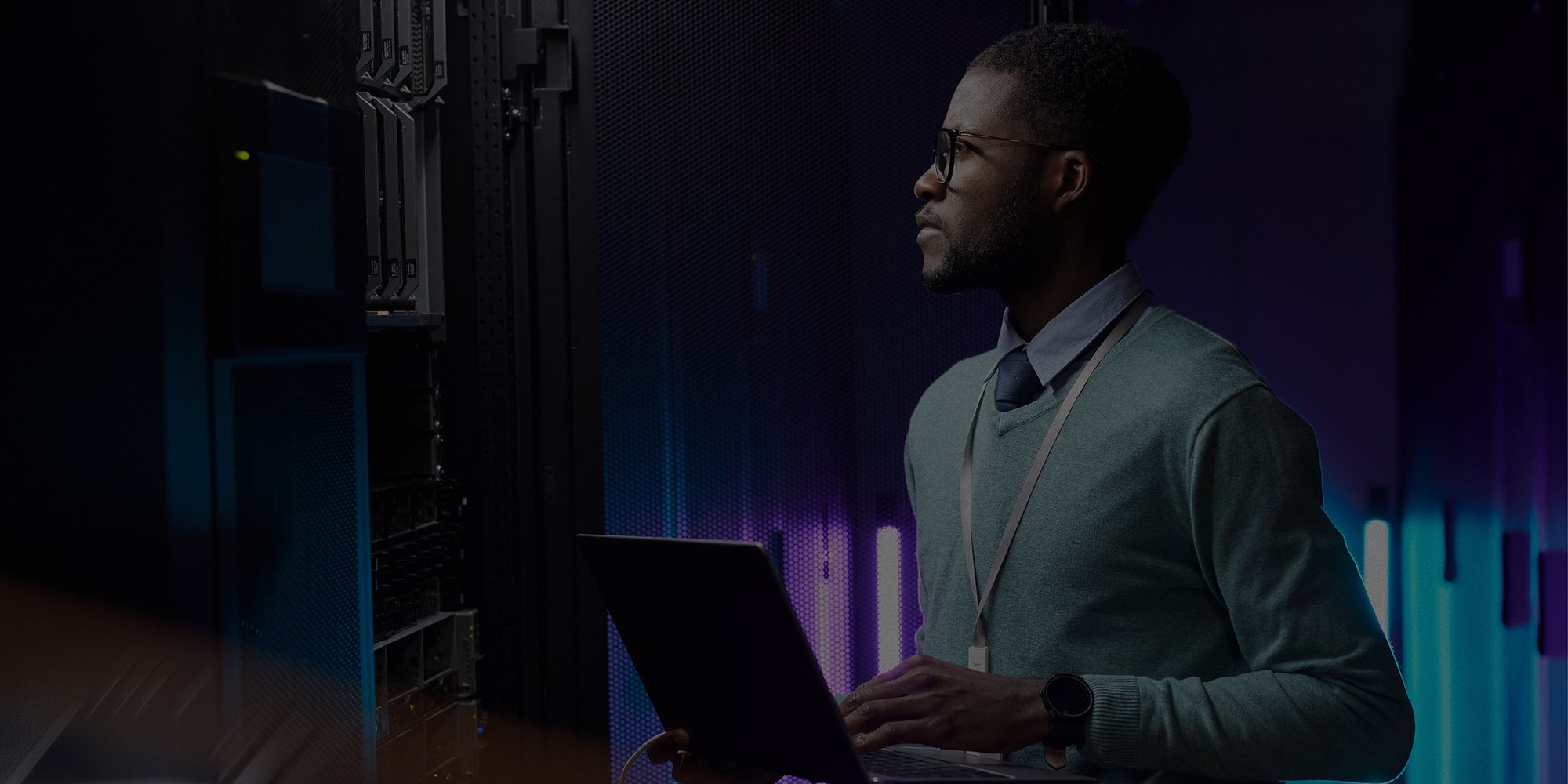Does Your Risk Assessment Include Cyber-Attacks? Here are 3 IT Risks to Add to Your Radar

Cyber-attacks are the most recent of these emerging risks, with the first FBI conviction of a hacker occurring in the 1980s. They’re a growing threat that companies and governments have repeatedly been unable to handle. 700,000 new threats are identified every day. And they are not just relegated to large corporations — in 2017 it was estimated that about 59% of all cyber-attacks targeted small and medium-sized enterprises.
Even with all this evidence, some companies still aren’t planning for these risks. But no matter how big or small or where the company is located, these risks need attention now. Cyber-attacks and other IT risks can breach sensitive company and customer information, cost millions and force you to spend lots of time, money and resources in recovery. However, cybercrime isn’t the only thing a company needs to worry about. Here are three other risks to be aware of when developing your risk assessment.
ATTACK ON IoT
Business owners are steadily realizing the benefits of the Internet of Things (IoT) technology and its value to real-time data. Unfortunately, cybercriminals are right behind them. According to IDC, 46% of IT executives reported to experiencing security incidents related to attacks on IoT devices. The survey revealed that 93% of respondents called upon third-party IoT security specialists to deal with the conflicts.
While everyone wants to have their devices interconnected and connected to the Internet, majority of the estimated 31 billion IoT devices that will be installed by 2020 according to Statista will also come with easy to abuse or no security controls.
The lack of security makes smart devices vulnerable to the most basic security breaches. By gaining backdoor access, hackers can compromise IoT systems in many ways. Targeting sensitive IoT data via ransomware is another possibility that has security experts on alert.
RANSOMWARE-AS-A-SERVICE
Speaking of ransomware, security researchers predict that it will continue to be a significant threat in the coming years. In its Annual Cybersecurity Report, Cisco estimates that these attacks are growing at an annual rate of 350%. Additionally, that growth has come at the expense of countless paying victims. Security software firm BitDefender approximates that ransomware is currently a $2 billion global industry.
Ransomware-as-a-Service (RaaS) has played a significant role in the growth of ransomware. Starting from the deepest corners of the dark web, it provides hackers with tools that make it possible to execute sophisticated and profitable attacks. These platforms operate a lot like original software distribution services, offering full-access licenses, monthly pricing plans, and even dedicated tech support. With RaaS slowly making its way onto the web, you can expect this trend to further evolve in years to come.
AI THREATS
Artificial intelligence has been lauded for its ability to analyze data, recognize speech patterns, and perform various other tasks that typically require human intelligence. The sky's the limit, but that untapped potential applies to malicious usage as well. With AI on their side, hackers could potentially execute high-level attacks that not only hinder corporate networks but also turn automobiles and drones into dangerous weapons. According to a Webroot survey, 91% of IT security professionals expressed concerns about AI being used to attack organizations.
Hackers are a determined group of people and won’t be stopped any time soon. The best way to prevent these attacks is to develop a risk assessment program to gauge how your company will hold up if it falls victim to a cyber-attack. Make yourself and your employees aware of the potential risks your company’s IT security faces, and ensure that your team is equipped with the right resources to handle any potential break in.
Related news
How to Protect Your Network from Malware
In this digital age, it has become incredibly important to ensure that your personal and...
Build or Buy: Which Technology Solution is Right for You?
When it comes to software, the build vs. buy question is one that looms large for many businesses....
Why a Dose of Intentional Stress Can Supercharge Your Team
Stress is often viewed as an exclusively negative sensation. Work deadlines pile up, family drama...






